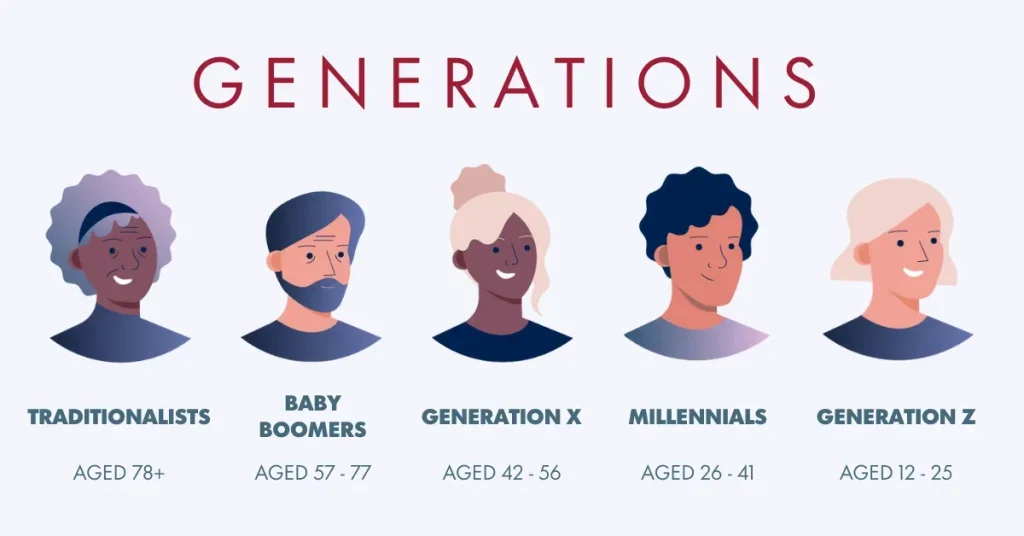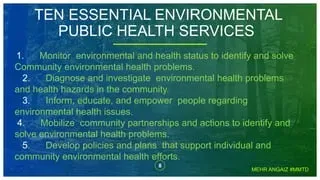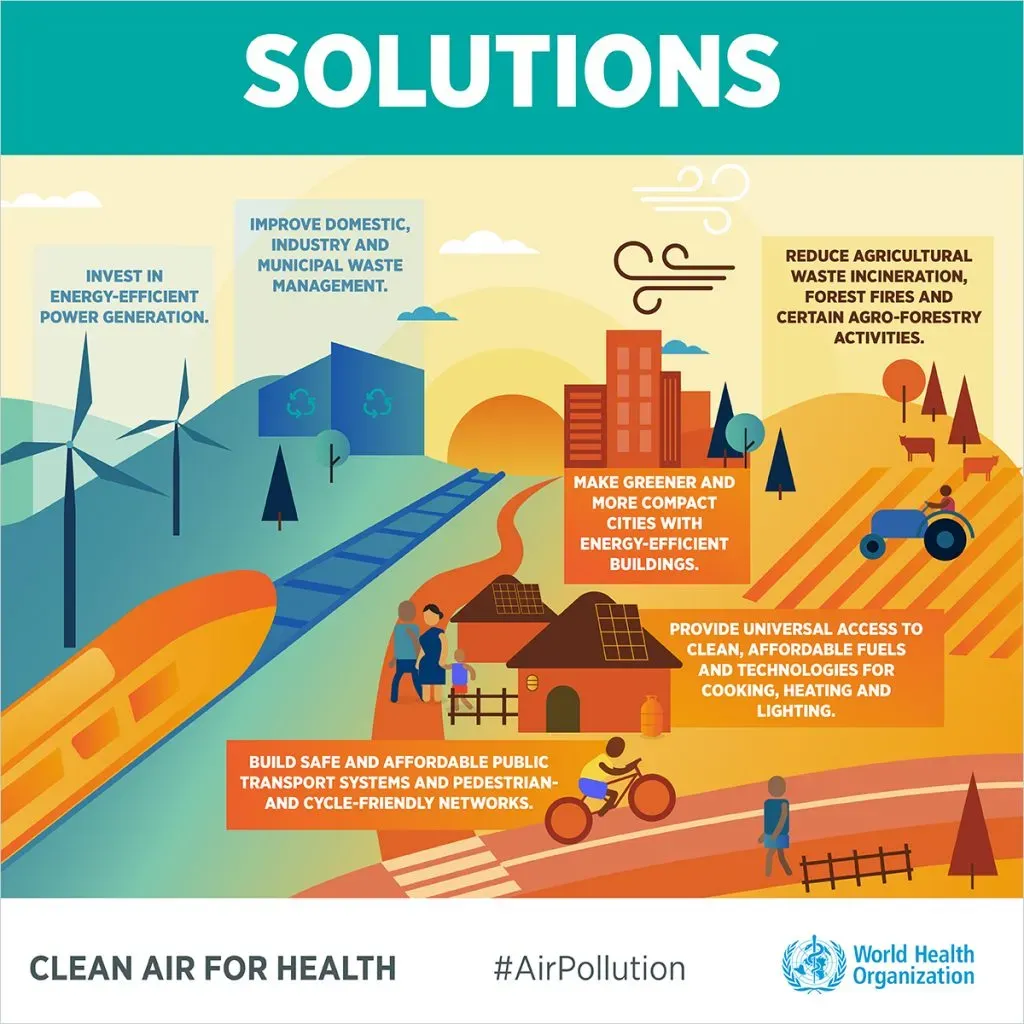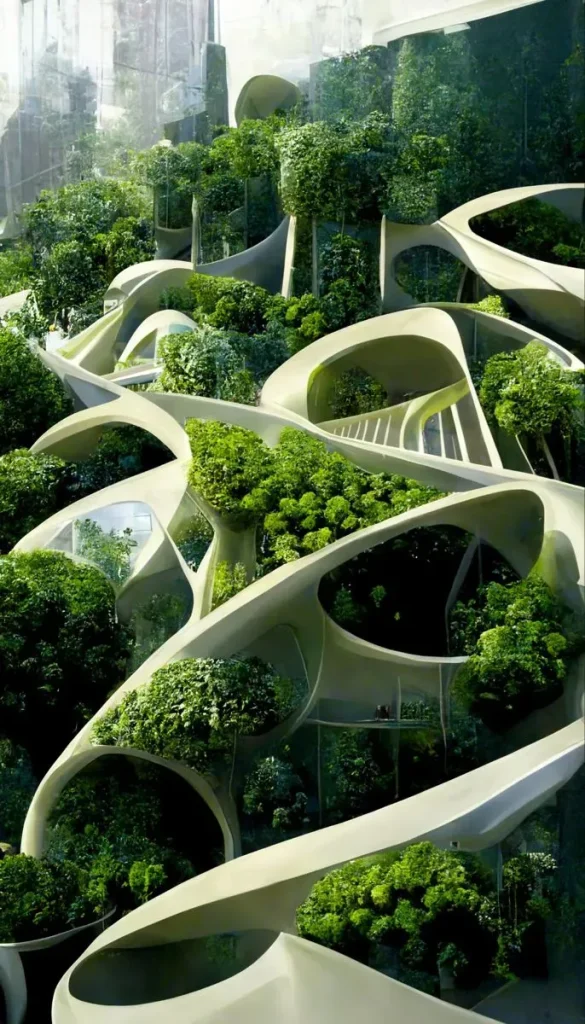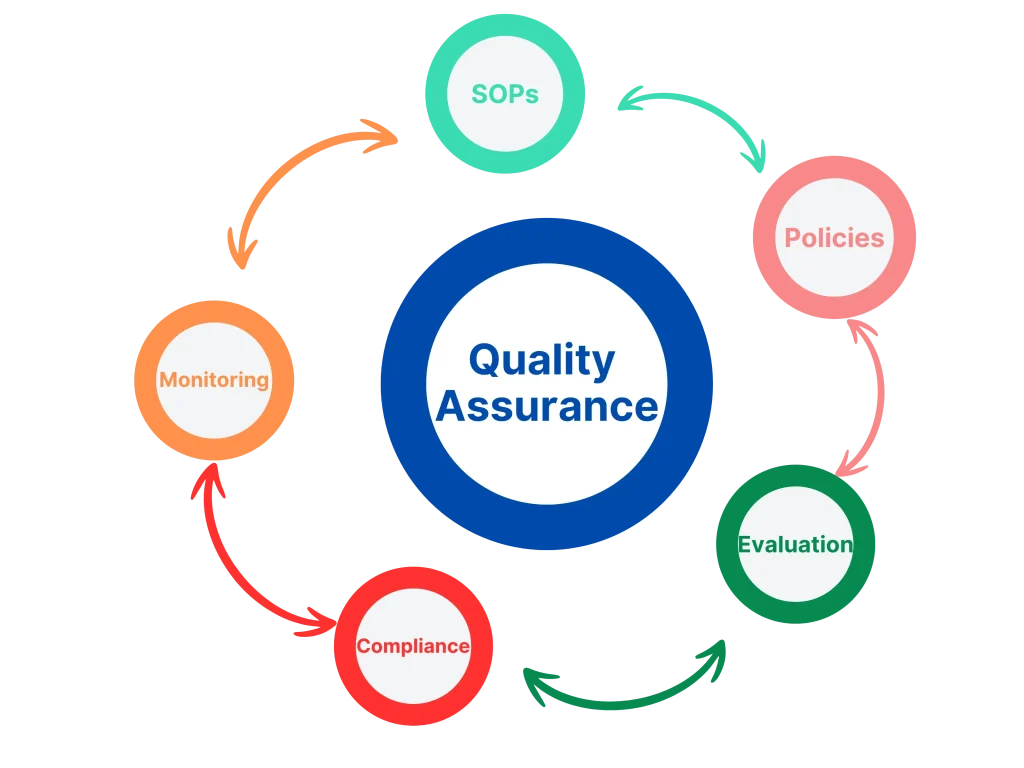Urban design that works with nature is more than a slogan—it’s a practical approach to shaping neighborhoods that harmonize with ecosystems while delivering healthier communities, more equitable access to green space, and more resilient infrastructure that can withstand heat, flood, and drought, all while preserving cultural character; this requires policy alignment, long-term stewardship, and a shift toward outcomes that measure health, resilience, and livability for people across ages and incomes.This framework aligns with sustainable urban design by prioritizing permeability, multimodal connectivity, mixed-use density, and restorative landscapes that absorb carbon, cool streets, and reduce energy demand, thereby helping cities adapt to evolving climates without sacrificing vitality or economic opportunity; in practice, this means flexible design standards, pilot projects, and performance metrics that value shade, air quality, and community well-being as much as footprint and density.

